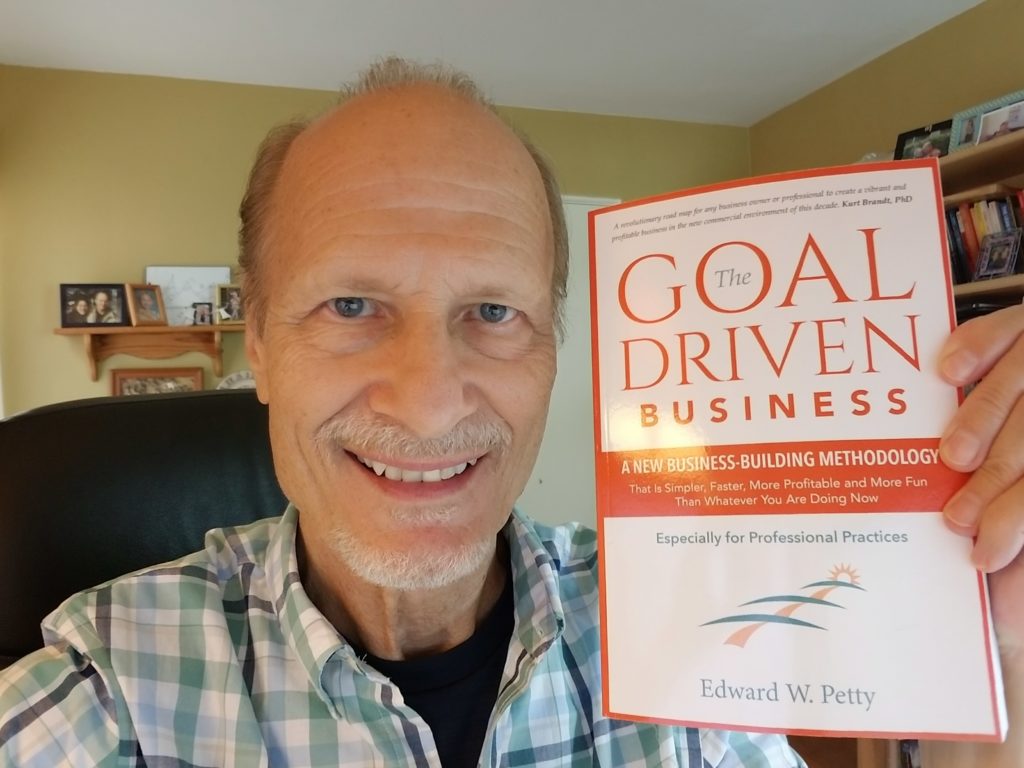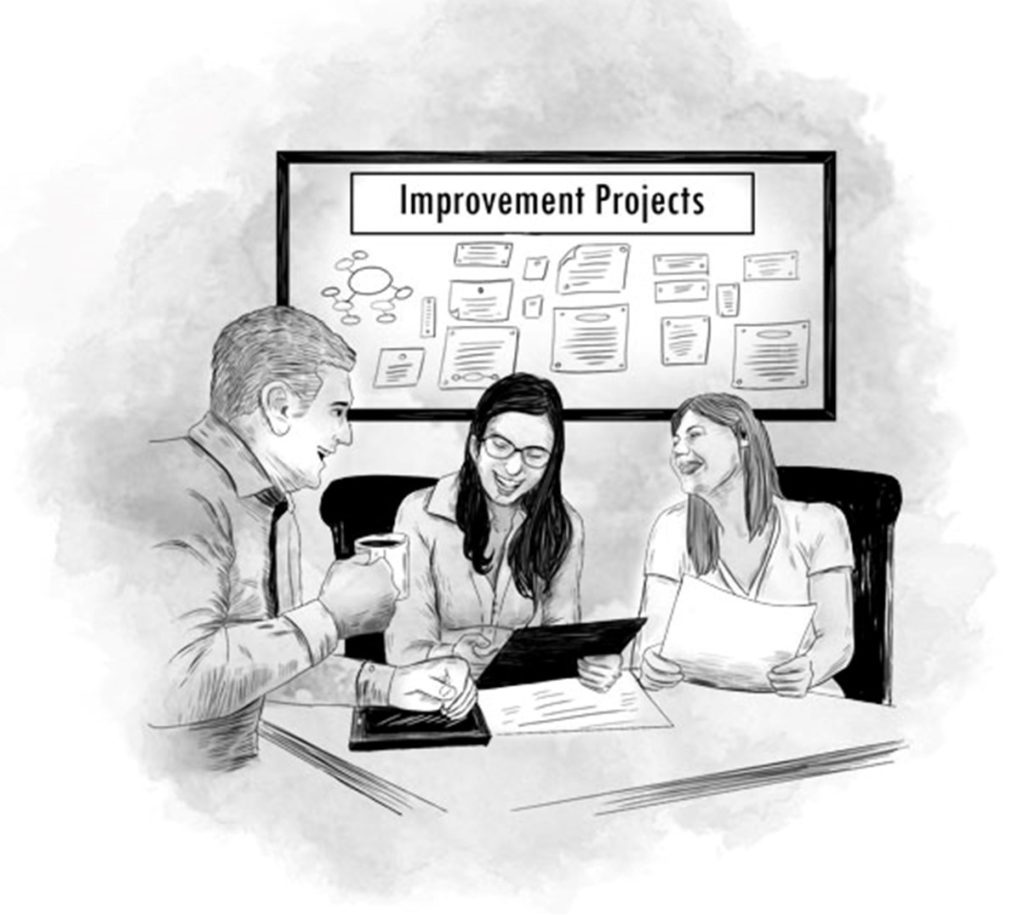 Laying the foundation for an enduring patient relationship
Laying the foundation for an enduring patient relationship
FIRST IMPRESSIONS COUNT!
I had advised a chiropractic office we had been working with for over a year to implement a new patient onboarding checklist. For one reason or another, this procedure just couldn’t be applied.
The chiropractic doctor wisely took our Goal Driven Practice MBA program with his practice manager last fall. They completed the program in December, and since then, I have been keeping track of their results. In almost all aspects, including key performance indicators, the practice has improved: collections, visits, new patients, and harmony!
The office seems to have come alive calmly and professionally.
While the practice has improved for many reasons, it has also put in place, finally, a new patient onboarding checklist I have been encouraging them to use. (I think I am happier about this than I am about all the other wonderful outcomes they are achieving!)
THE CHIROPRACTIC NEW PATIENT LOG
There are many reasons to improve the quality of the first 3-5 days of your patient’s care. Some studies prove it, but you don’t need studies (see references below.) You have your own experiences that verify the importance of first impressions. Any time you go to a new restaurant or retail business, how you feel about your visit will determine how quickly you return – if you ever do.
You know this, and so does your staff. But, like with any set of procedures, they will erode! I call this Procedural Atrophy. I cover this in my book, The Goal Driven Business (Page 159).
Procedural atrophy starts without notice. It’s not deliberate, but little actions start dropping out here and there. You substitute rote and automatic responses that replace thoughtful and lively communication. After a while, you wonder why your patient retention is low (patient visits per new patient).
A strong solution is to create a New Patient Log. (Email me, and I will send you a sample.) The first column has the patient’s name. Subsequent columns are for specific actions to take on each NP over the first 1-6 days.
The front desk can keep the log up to date. The doctors review it at the weekly meeting or even at the morning meetings. This is a form of case management to ensure all new patients (and returning patients) are receiving the care they need. I recommend the log be kept on a hard copy sheet, even on a clipboard. Digital is OK, as long as it is kept up to date and reviewed regularly in a group.
Here are some items that can be put on the New Patient Log:
Check and date when each of the following are done.
- Provide a warm welcome.
- Report of Findings.
- Treatment plan.
- Patient financial consultation and orientation.
- Multiple appointment card.
- Scheduled to Progress Exam. (Or longer)
- Take home reference pack: written report of findings, family care coupon, a treat!
- First adjustment call.
- If referred by patient, who the patient was. (This is so you can thank the patient with a card or gift.)
- Additional testing. (E.G., on Day 5 orthotics scan)
- Scheduled for patient orientation class. (Remember those!)
- Follow-up education emails.
Of course, ensuring these actions are done is just the first step. The next step is to see that they are done skillfully and with a friendly and engaged attitude. Rehearsing the steps on the New Patient Log every two or three months can help keep the onboarding system in tune and groovy!
Keep it fun — and help your patients achieve their goals,
Ed
Email me for a sample New Patient Log ed @ pmaworks.com
Cool References:
A study by Abrahamsson et al. (2017) found that patients who received clear information and education about their treatment plan had higher levels of adherence and satisfaction with their care. https://doi.org/10.1046/j.1471-6712.2002.00083.x
Deyo et al. (2018) demonstrated that patients who received follow-up communication after their initial appointment were more likely to adhere to their treatment plan and report better outcomes. https://doi.org/10.2522/ptj.2015.95.2.e1
A systematic review by Ganguli et al. (2016) highlighted the importance of addressing patients’ concerns and questions in improving treatment plan adherence and overall patient satisfaction. https://doi.org/10.1377/hlthaff.2017.1130
Spikmans et al. (2003) found that patients who received take-home materials and regular communication from their healthcare provider had higher levels of treatment plan adherence compared to those who did not. https://doi.org/10.1046/j.1365-277X.2003.00435.x
Consequences of poor onboarding practices:
A study by DiMatteo (2004) found that patients who did not receive adequate education or support from their healthcare provider had lower levels of treatment plan adherence, leading to poorer health outcomes. https://doi.org/10.1097/01.mlr.0000114908.90348.f9
Lacy et al. (2004) reported that patients who experienced poor communication or a lack of warmth from their healthcare provider were more likely to miss appointments and not follow through with their care. https://doi.org/10.1370/afm.123
A review by Martin et al. (2005) concluded that patients who did not feel engaged or supported by their healthcare provider had higher rates of treatment plan non-adherence and were more likely to seek care elsewhere. https://www.ncbi.nlm.nih.gov/pmc/articles/PMC1661624/
Schectman et al. (2005) found that patients who did not receive clear information about the costs and financial options associated with their treatment plan were more likely to delay or forgo necessary care. https://doi.org/10.1007/s11606-008-0747-1
—————————————————-
If your practice building efforts aren’t taking you to your goals,
there are reasons — many of which are hidden from you.
Find out what they are and how to sail to your next level by getting and implementing my new book, The Goal Driven Business.

The Goal Driven Business
By Edward Petty







 Working with different offices, we are always reminded of the fundamentals that apply universally. For example…
Working with different offices, we are always reminded of the fundamentals that apply universally. For example…


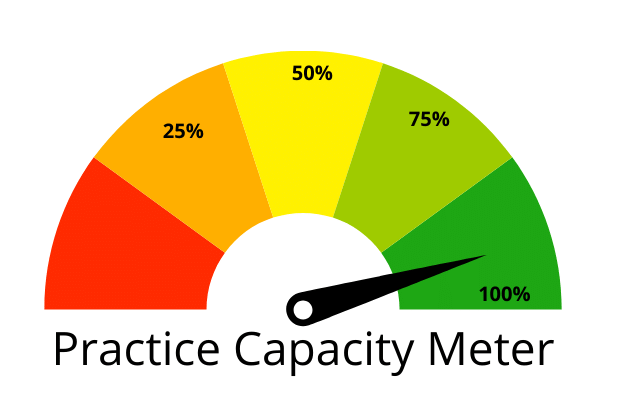
 Used to be a popular TV program called Cheers back in the 80’s. It was modeled after a bar in Boston with the same name. As a situational comedy, Cheers presented a familiar group of customers who came to the bar to have a drink, but also to relax, socialize, and have good cheer.
Used to be a popular TV program called Cheers back in the 80’s. It was modeled after a bar in Boston with the same name. As a situational comedy, Cheers presented a familiar group of customers who came to the bar to have a drink, but also to relax, socialize, and have good cheer. The cause of almost all relationship difficulties is rooted in conflicting or ambiguous expectations around roles and goals. Stephen Covey
The cause of almost all relationship difficulties is rooted in conflicting or ambiguous expectations around roles and goals. Stephen Covey

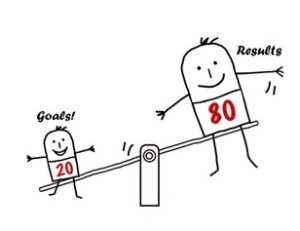

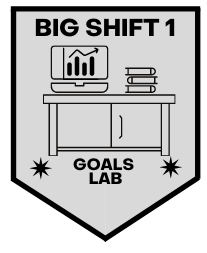 “
“
